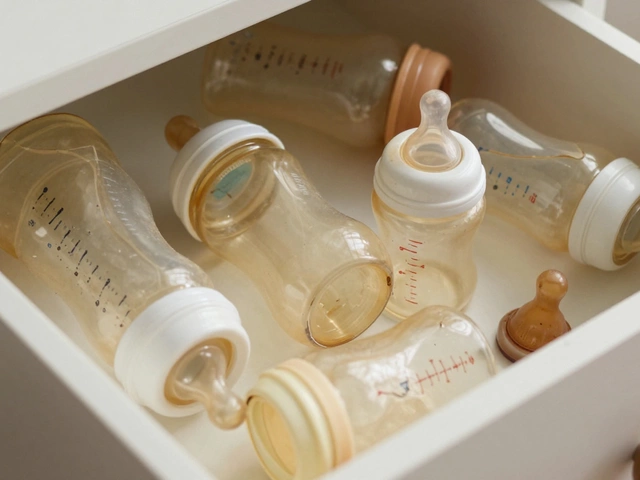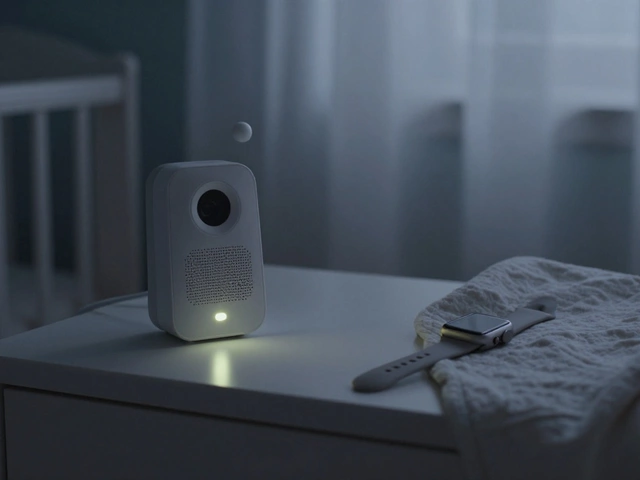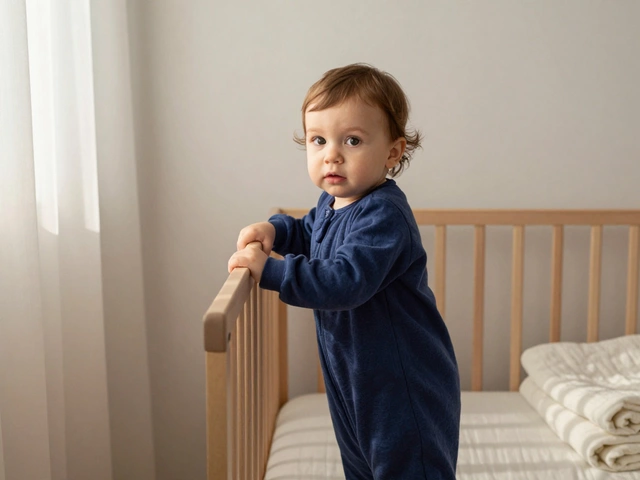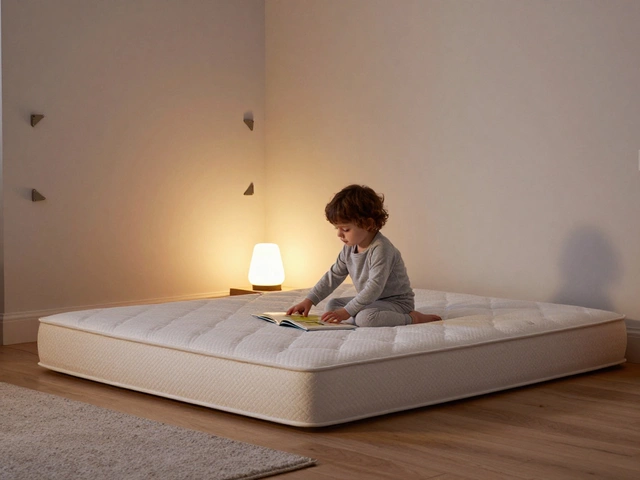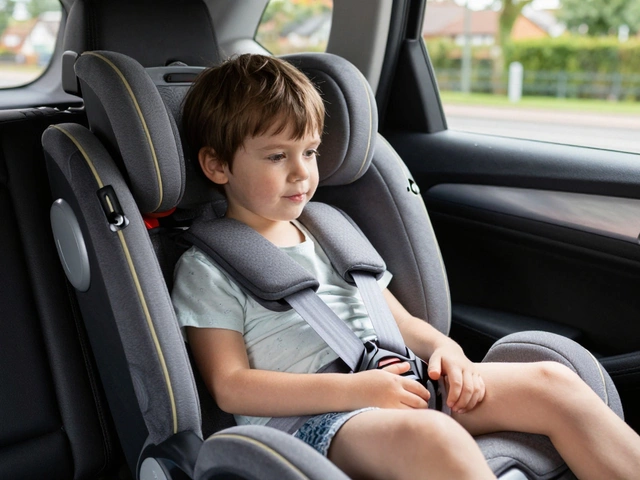Used Baby Monitors: Your Practical Guide to Buying Smart and Safe
Thinking about grabbing a baby monitor for less? A second‑hand unit can save you money, but you need to know what to check so you don’t compromise on safety. Below you’ll find the exact steps to inspect a used monitor, the features you really need, and where to snag trustworthy deals.
What to Look for When Buying a Used Baby Monitor
First off, make sure the monitor still works. Test the video or audio feed, the range, and the battery life. If it’s a digital model, pair it with its original receiver – a mismatched set can cause interference and dead spots.
Next, verify the security features. Look for monitors that use encrypted transmission (e.g., 128‑bit AES). Older analog units are more vulnerable to eavesdropping, so aim for a digital version with a password or PIN.
Cleanliness matters too. Wipe the camera lens, microphone, and any parts the baby could touch with a mild, non‑abrasive cleaner. Check the housing for cracks or broken buttons – a damaged casing could let in dust or moisture.
Don’t forget the accessories. Make sure the original charger, mounting bracket, and any extra cameras are included and in good condition. Missing pieces can add hidden costs.
Finally, read the model’s review history. A quick Google search of the make and model will reveal any known safety recalls or firmware bugs. If you spot a warning, walk away – there are plenty of other options.
Where to Find Trusted Second‑Hand Monitors
Online marketplaces like eBay and Gumtree have massive listings, but you’ll need to filter for sellers with high ratings and clear photos. Ask for a short video showing the monitor in action before you commit.
Local parenting groups on Facebook or community boards often have parents swapping gear after the baby outgrows it. Meeting in person lets you test the device on the spot and avoid shipping damage.
If you prefer a guarantee, consider refurbished units from reputable retailers. They usually come with a limited warranty and have been professionally inspected.
Charity shops that specialize in children’s items can be hidden gems. Many run strict quality checks, and the price tags are usually lower than online equivalents.
Regardless of where you buy, always keep the receipt and note the serial number. That way you can register the monitor with the manufacturer for any future updates.
Choosing a used baby monitor isn’t about cutting corners; it’s about getting the right protection for your little one while keeping your budget happy. Follow these steps, shop smart, and you’ll have peace of mind without breaking the bank.
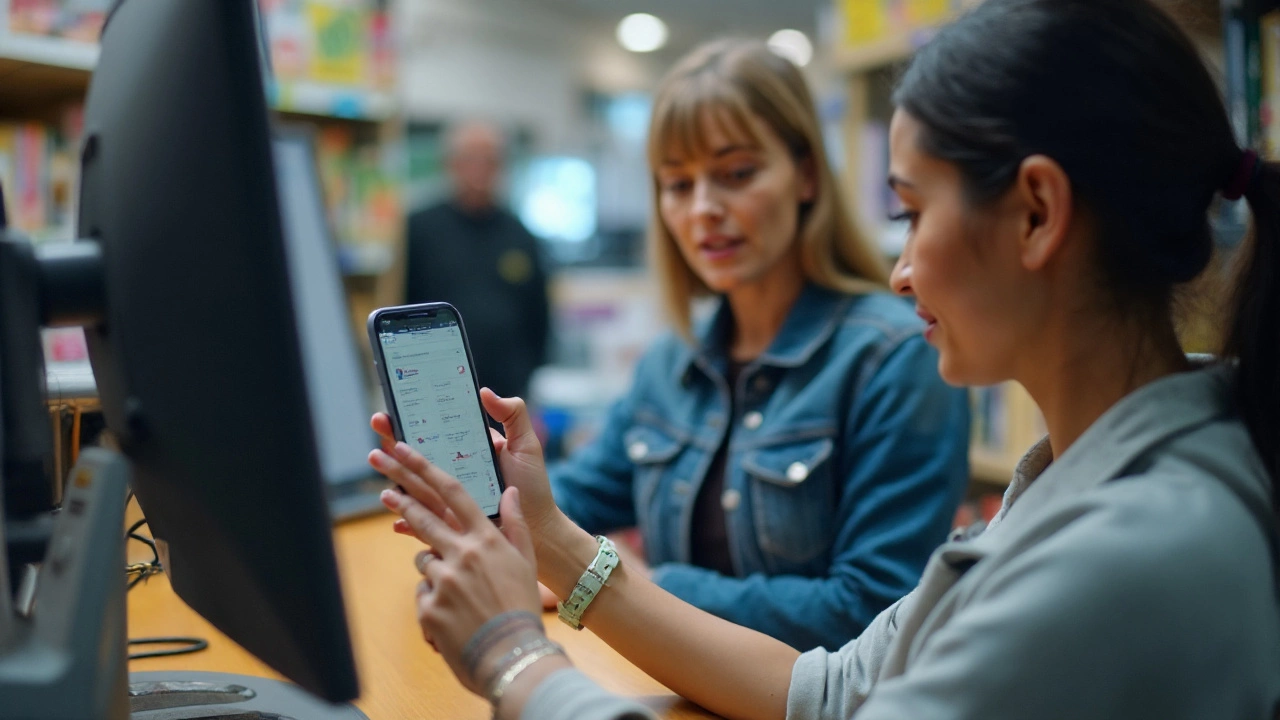
Is It Safe to Buy a Used Baby Monitor? UK Safety, Security & Buying Guide
Thinking of a second-hand monitor? Learn when it’s safe, what to check for recalls, security, hygiene and power, plus a UK-ready setup checklist.
view more
